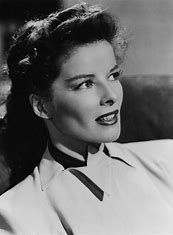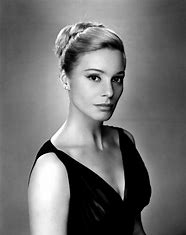Introduction
Emma Amos was a prominent African-American artist whose works were celebrated for their unique style and themes. Born in 1937 in Atlanta, Georgia, Amos grew up in a family that valued art and creativity. She went on to study art at Antioch College, where she was exposed to various art forms and movements. Over the years, Amos established herself as a talented artist, creating works that explored issues of race, gender, and identity. In this blog post, we will take a closer look at the life and art of Emma Amos, examining her most famous works and the impact she had on the art world.
Early Life and Education

Family Background and Early Influences
Emma Amos was born into a family that valued art and creativity. Her mother was a seamstress, and her father was a musician and carpenter. Growing up, Amos was exposed to various art forms, including music, dance, and visual art. Her family encouraged her to pursue her interests, and she began drawing and painting at a young age. Amos was particularly drawn to the works of African-American artists, such as Romare Bearden and Jacob Lawrence, whose works depicted the experiences of black people in America.
Antioch College and Exposure to Different Art Forms
After graduating from high school, Amos attended Antioch College in Ohio, where she studied art. At Antioch, Amos was exposed to various art forms and movements, including abstract expressionism and pop art. She was particularly drawn to the works of artists such as Jackson Pollock and Andy Warhol, whose works challenged traditional notions of art and beauty. Amos also became interested in printmaking, which would become a significant part of her artistic practice.
Artistic Career
Three Figures and Other Famous Works
One of Emma Amos’s most famous works is Three Figures, a painting that depicts three women of different races and ages. The painting is notable for its use of vibrant colors and bold brushstrokes, as well as its exploration of issues of race and gender. Three Figures is just one example of Amos’s unique artistic style, which combined elements of abstract expressionism, pop art, and traditional African art.
Other famous works by Amos include Flower Sniffer, a print that explores issues of sexuality and desire, and The Singer Not the Song, a painting that depicts a group of women in a variety of poses. Amos’s works have been exhibited in galleries and museums around the world, and she has been recognized for her contributions to the art world.
Legacy and Impact on the Art World
Emma Amos’s contributions to the art world have been significant. She was one of the few African-American women to achieve success as an artist in the 1960s and 1970s, a time when the art world was largely dominated by white men. Amos’s works challenged traditional notions of art and beauty, and explored issues of race, gender, and identity. Her legacy continues to inspire artists today, and her works are celebrated for their unique style and themes.
Conclusion
Emma Amos was a talented artist whose works explored issues of race, gender, and identity. Her unique style combined elements of abstract expressionism, pop art, and traditional African art, and her contributions to the art world have been significant. Through her works, Amos challenged traditional notions of art and beauty, and her legacy continues to inspire artists today.
FAQ
Who is Emma Amos?
Emma Amos was an accomplished artist and educator who was born in Atlanta, Georgia in 1938 and passed away in 2020. She was a member of the Black Arts Movement and was known for her unique approach to art, which often included using textiles and other unconventional materials.
What was Emma Amos’ art style?
Emma Amos’ art style was known for its blend of figurative and abstract elements, as well as its use of vibrant colors and unconventional materials. She often incorporated textiles and other fabrics into her work, creating pieces that were both visually striking and deeply meaningful.
What was Emma Amos’ impact on the art world?
Emma Amos was a trailblazer in the art world, particularly for Black women artists. She was one of the few women who were part of the Black Arts Movement, and her work helped to bring attention to the experiences and perspectives of Black women in America. Her legacy continues to inspire and influence artists today.
What are some of Emma Amos’ most famous works?
Some of Emma Amos’ most famous works include “Three Figures,” “Baby,” and “Flowers for the Living.” Each of these pieces showcases her unique style and use of unconventional materials, as well as her ability to blend figurative and abstract elements in her work.
What can we learn from Emma Amos’ life and art?
Emma Amos’ life and art offer important lessons about the power of creativity, perseverance, and self-expression. Her work serves as a reminder of the importance of diversity and inclusion in the arts, and her legacy continues to inspire and influence artists of all backgrounds and experiences.



